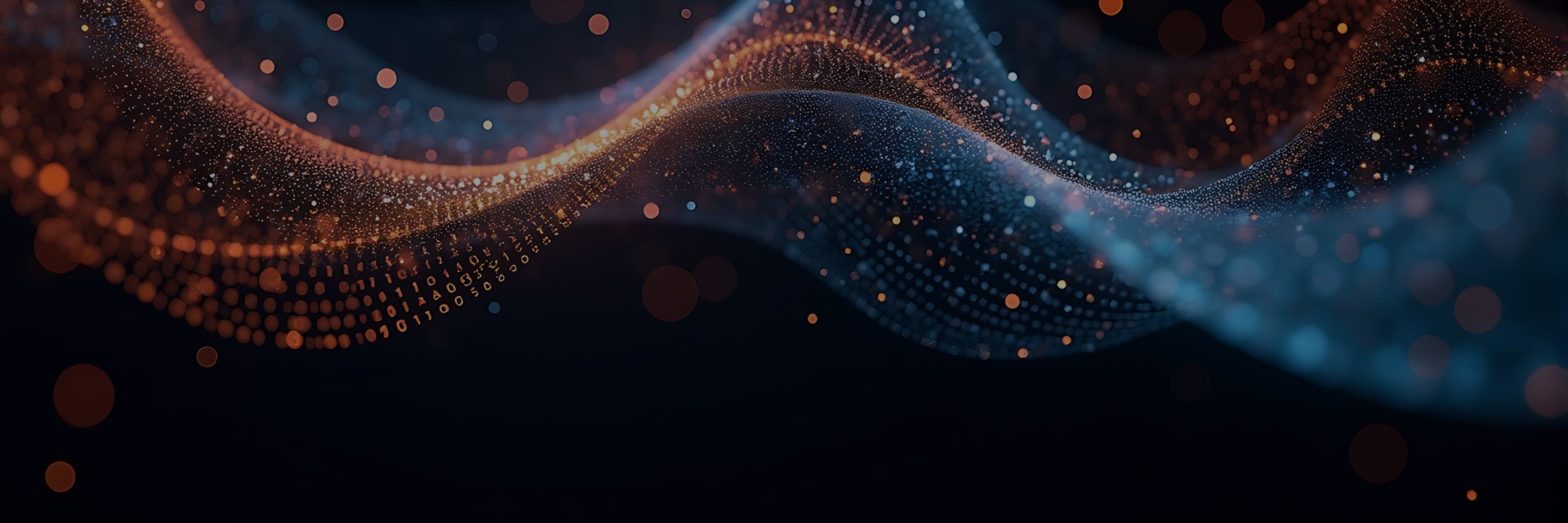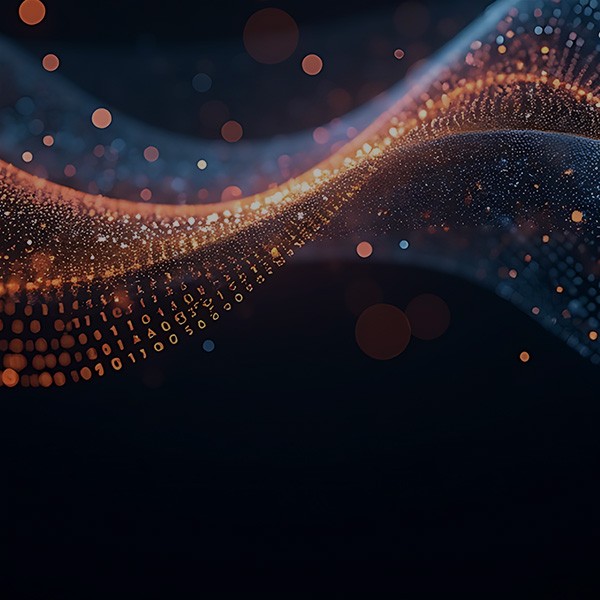AI's history began with early philosophical ideas and gained formal recognition in the 1950s. The 1956 Dartmouth Conference marked AI's birth, leading to early rule-based systems. Progress slowed in the 1970s but revived in the 1980s with expert systems. The 2000s saw rapid growth due to big data and deep learning, driving modern AI applications in various industries.
Generative AI is a subset of artificial intelligence (AI) that focuses on creating new content, such as text, images, music, and videos, rather than just analyzing or classifying existing data. It all begins with training on vast amounts of information—millions of books, images, and other media—where the AI learns patterns, relationships, and styles. Once trained, it can generate entirely new content based on what it has learned, whether it's writing a story, composing a melody, or designing artwork.
Today, generative AI is everywhere—from ChatGPT crafting essays and poems to AI-powered tools generating artwork, deepfake videos, and even AI-driven music composition. LLMs play a crucial role in automating tasks, enhancing creativity, and assisting industries like marketing, education, and entertainment. As a subset of AI, generative models are pushing the boundaries of machine creativity, opening new possibilities in communication, automation, and artistic expression.

